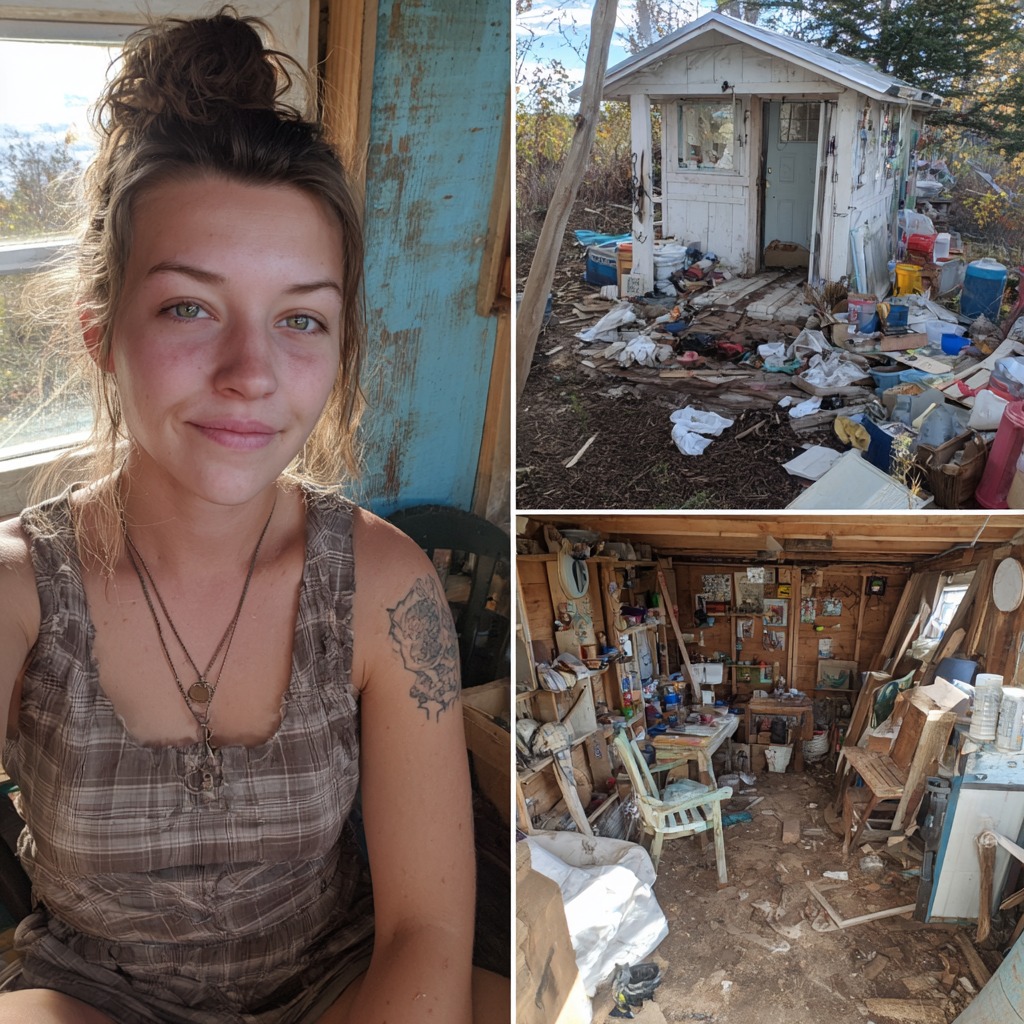The tiny home lifestyle is rapidly gaining attention as an innovative and inspiring alternative to traditional living. With housing costs soaring and environmental awareness on the rise, many people are rethinking what “home” really means. They are choosing smaller spaces not out of limitation, but out of intention—seeking simplicity, sustainability, and freedom. This growing movement marks a cultural shift, where the focus moves away from the size of one’s home and toward the quality of life that can be created within it.
Environmental Impact
One of the strongest motivations behind the tiny home trend is the desire to live more sustainably. As environmental concerns become increasingly urgent, people are recognizing the impact of their carbon footprints and actively looking for ways to live in greater harmony with the planet. Downsizing to a smaller home allows them to dramatically cut energy consumption, reduce waste, and minimize environmental strain.
Tiny homes often integrate eco-friendly designs and materials—such as solar panels, rainwater collection systems, and composting toilets—making them highly efficient and self-sufficient. Many homeowners also practice mindful consumption, focusing on recycling, reusing, and repurposing materials whenever possible.
This lifestyle fosters a deeper connection to nature and an awareness of how resources are used on a daily basis. In essence, living small often means living consciously. It aligns perfectly with the broader movement toward environmental stewardship, appealing to those who value sustainability, responsibility, and respect for the Earth.
Embracing Simplicity and Minimalism
The tiny home lifestyle naturally complements the philosophy of minimalism. Many who choose this path do so not just to reduce physical clutter but to bring greater mental and emotional clarity to their lives. In a space where every square foot counts, each possession must earn its place. This encourages homeowners to let go of what no longer serves them and to hold onto only what truly adds value or joy.
By embracing simplicity, individuals begin to shift their focus away from material accumulation and toward meaningful experiences and authentic relationships. A smaller home becomes a sanctuary of calm—a place free from distraction, chaos, and excess. Many who live in tiny homes describe feeling lighter, freer, and more at peace. The act of simplifying brings a renewed sense of purpose and fulfillment that can be difficult to achieve in larger, busier households.
Practical Benefits
Beyond its philosophical appeal, the tiny home lifestyle offers many tangible and practical benefits. One of the most obvious is the ease of maintenance. With less space to clean and manage, homeowners can spend more time doing what they love—whether it’s pursuing hobbies, traveling, spending time with loved ones, or engaging in community life.
Affordability is another major factor driving the movement. Traditional housing markets can be prohibitively expensive, making homeownership out of reach for many people. Tiny homes, in contrast, are significantly more affordable, providing a realistic path to financial freedom and independence. Lower mortgage costs—or sometimes none at all—allow homeowners to allocate money toward experiences, savings, or personal goals instead of being tied down by overwhelming debt.
The flexibility of tiny homes also sets them apart. Many are designed to be portable, allowing owners to move freely without the constraints of permanent property ownership. For digital nomads, adventurers, or anyone yearning for a life of exploration, this mobility offers a sense of liberation that traditional housing simply cannot match.
Community and Connection
The tiny home movement has done more than change the way people live—it has created a sense of belonging among those who share similar values. Across the world, tiny home communities are forming, bringing together individuals who embrace simplicity, sustainability, and intentional living.
These communities often function as close-knit networks where residents connect, collaborate, and support one another. Shared gardens, communal spaces, and group initiatives foster strong social bonds and a spirit of cooperation. Living small, it seems, often leads to living closer—both to nature and to each other.
For many, this sense of community becomes one of the most rewarding aspects of the lifestyle. It replaces isolation with connection and transforms minimalism from a solitary pursuit into a shared experience of purpose and meaning.
Conclusion
The tiny home lifestyle represents far more than a passing trend—it’s a reflection of a growing desire for sustainability, simplicity, and intentional living. As more individuals and families embrace smaller spaces, they do so for diverse but deeply connected reasons: to protect the planet, to live with purpose, to reduce financial burdens, and to build stronger communities.
This movement challenges long-held assumptions about what makes a home and what defines a fulfilling life. It reminds us that happiness doesn’t depend on square footage but on how we choose to fill the space we have—with meaning, mindfulness, and connection.
As the movement continues to grow, tiny homes may very well reshape how we think about housing, sustainability, and what it means to truly live well in the modern world.
